Geothermal heating has been creating quite the buzz as a smart way to keep homes warm and cozy while also cutting down on those pesky energy bills. Unlike traditional heating systems that burn fuel, geothermal systems tap into the natural warmth underground to heat your home. This not only reduces greenhouse gas emissions but also brings your monthly energy costs down a notch.
In Michigan, where winter temperatures can hit hard and long, finding an efficient heating solution is important. Geothermal heating offers a practical answer. It stands out not just for being eco-friendly but also because it promises significant savings on energy bills over time. This innovative approach is gaining popularity for its efficiency and cost-effectiveness, giving Michigan residents a way to stay warm without breaking the bank.
How Geothermal Heating Works
Geothermal heating leverages the consistent temperature beneath the earth’s surface. Here’s how it works: A loop of pipes is buried underground, which gets filled with either water or an antifreeze solution. This loop serves as a heat exchanger. During winter, the fluid absorbs heat from the ground and carries it into the house. In simple terms, it takes heat from underground and transfers it indoors.
Every geothermal setup uses key components:
– Ground Heat Exchanger: This is the system of pipes placed underground. It collects heat from the earth.
– Heat Pump: Acts as the heart of the system. It takes the heat from the fluid in the pipes and boosts it to a higher temperature, fit for warming up your home.
– Distribution System: Once the heat pump does its job, the warm air gets spread throughout the home via ducts.
For folks used to conventional heating systems, the idea of harnessing heat from the ground might sound new. Think of it like this: your refrigerator reverses the process, taking heat out of the fridge to keep things cold inside. Geothermal systems do the same trick in reverse, drawing out heat to warm a home.
This method’s beauty is its simplicity and reliance on renewable energy. No flames, no fuel tanks, just good old Earth’s heat. It’s a solution designed to offer efficiency, and reliability, and to lessen our carbon footprint. This modern approach to heating is appealing to Michigan residents who are looking for sustainable and cost-effective options.
Energy Efficiency of Geothermal Systems
Geothermal systems shine when it comes to energy efficiency. Unlike traditional heating methods that rely on burning fossil fuels, geothermal systems use the planet’s natural heat. This means they need less energy to run. Compared to systems like gas or electric furnaces, geothermal systems can consistently deliver more energy than they consume.
Several factors contribute to this efficiency:
– Constant Ground Temperature: The ground maintains a stable temperature year-round, making it a reliable heat source.
– Reduced Energy Use: Since geothermal systems harness natural heat, they avoid the high energy costs associated with generating heat from scratch.
This efficient use of energy results in lower monthly energy bills. Homeowners in Michigan can particularly benefit from geothermal heating’s efficiency, especially during the long, cold winters. This efficiency helps them manage costs while ensuring their homes are kept consistently warm.
Long-Term Cost Savings
When considering geothermal heating, it’s important to recognize the cost savings over time. Initially, installing a geothermal system might seem pricey, but it pays for itself through reduced energy bills. After the upfront investment, homeowners often see yearly savings that accumulate significantly over time.
Here are a few points about cost savings:
– Lower Operating Costs: Once installed, geothermal systems have lower running costs than conventional heating systems.
– Longevity: With fewer moving parts and minimal maintenance needs, geothermal systems tend to last longer, providing value over many years.
Imagine a Michigan home where energy bills slowly shrink as the seasons pass, thanks to the consistency of a geothermal system. The long-term savings become evident, transforming any initial hesitations into satisfaction.
Environmental Benefits
Besides saving money, geothermal heating is an eco-friendly choice. These systems tap into renewable energy, making them a cleaner option. By shifting to geothermal, homeowners reduce reliance on fossil fuels, lowering greenhouse gas emissions and shrinking their carbon footprints.
Consider the environmental perks:
– Reduced Pollution: Geothermal systems produce no emissions, helping to improve local air quality.
– Sustainable Energy: They use a renewable resource, aligning with efforts to promote energy sustainability.
Michigan homeowners keen on helping the environment find geothermal systems an attractive option. Their commitment not only benefits their wallets but helps preserve the natural beauty of their surroundings.
Wrapping Up Your Guide to Geothermal Heating and Cooling in Michigan
Exploring geothermal heating reveals a fantastic option for those in Michigan looking to manage energy costs while making an environmentally conscious decision. With its efficient use of natural heat and potential for cost savings, geothermal heating stands as a promising solution.
If you’re considering making a switch, thinking about geothermal heating could be a wise choice. It not only handles heating and cooling needs efficiently but also aligns with goals for a more sustainable future. Residents can take comfort in a decision that’s good for both the planet and their budget.
Considering a switch to geothermal heating and cooling for your Michigan home? It’s a step towards saving energy and supporting the environment. If you’re curious about how this can be integrated into your existing setup, Adam’s Heating Cooling and Plumbing is ready to help. Discover more about geothermal heating and cooling in Michigan and how it can make your home more comfortable and efficient while contributing to a sustainable future.

